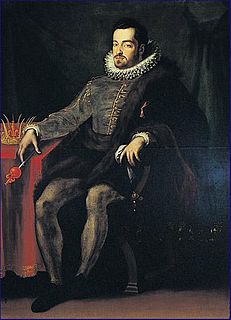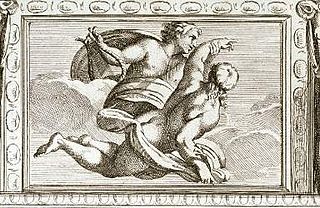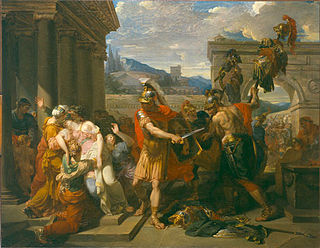
Pietro Ciafferi or Ciaffero, called Lo Smargiasso, [1] was born at Pisa about 1600, and flourished, according to Lanzi, till at least the year 1654. He belongs to the Florentine school, and painted marine subjects and seaports, which his residence at Livorno enabled him to study from nature. His pictures are highly finished, and ornamented with small figures correctly drawn. He also painted architectural and perspective views, and sacred subjects. His works are principally at Pisa and Livorno. An 'Ecce Homo' by him is in the Pitti Palace, Florence.

Pisa is a city and comune in Tuscany, central Italy, straddling the Arno just before it empties into the Ligurian Sea. It is the capital city of the Province of Pisa. Although Pisa is known worldwide for its leaning tower, the city of over 91,104 residents contains more than 20 other historic churches, several medieval palaces, and various bridges across the Arno. Much of the city's architecture was financed from its history as one of the Italian maritime republics.

Luigi Lanzi was an Italian art historian and archaeologist. When he died he was buried in the church of the Santa Croce at Florence by the side of Michelangelo.

Marine art or maritime art is any form of figurative art that portrays or draws its main inspiration from the sea. Maritime painting is a genre that depicts ships and the sea—a genre particularly strong from the 17th to 19th centuries. In practice the term often covers art showing shipping on rivers and estuaries, beach scenes and all art showing boats, without any rigid distinction - for practical reasons subjects that can be drawn or painted from dry land in fact feature strongly in the genre. Strictly speaking "maritime art" should always include some element of human seafaring, whereas "marine art" would also include pure seascapes with no human element, though this distinction may not be observed in practice.












